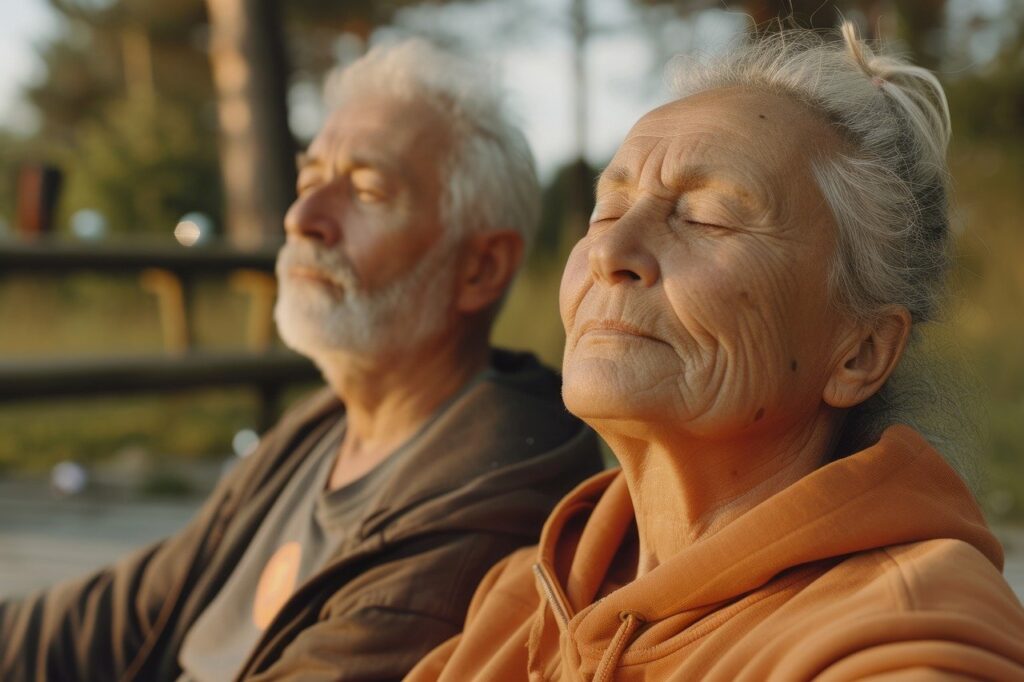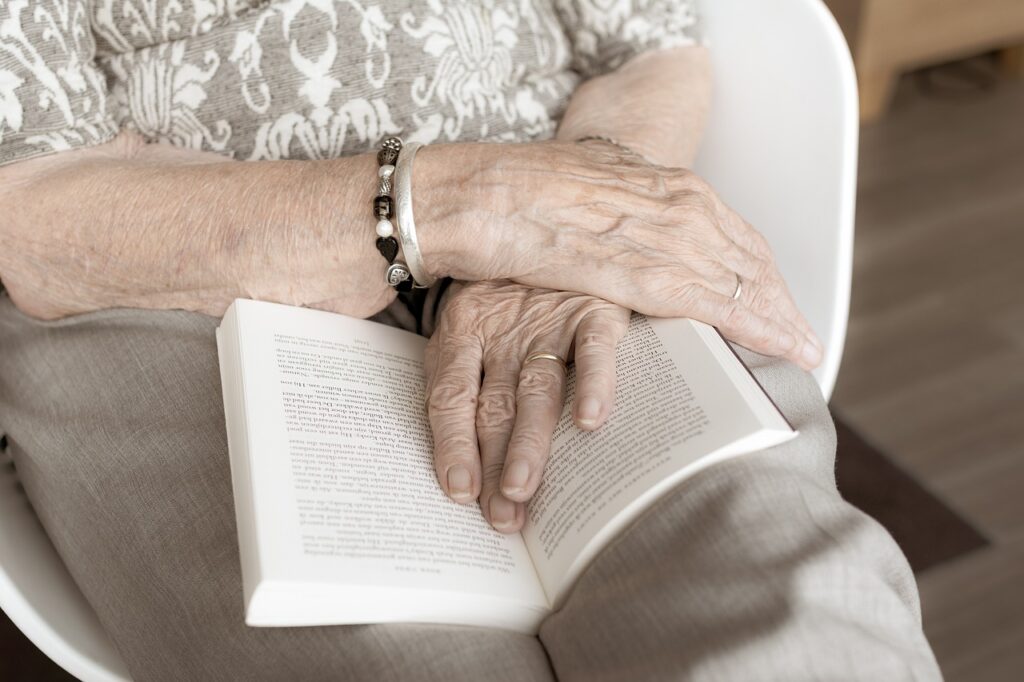Aging in place is becoming an increasingly popular choice for seniors who wish to maintain their independence and stay in their own homes. For caregivers, understanding the benefits and strategies for aging in place can make a significant difference in the quality of life for their loved ones. This post will walk you through the top home modifications and strategies essential for successful aging in place.
What Does Aging in Place Mean?
Aging in place refers to the ability of seniors to live in their own homes and communities safely, independently, and comfortably, regardless of age, income, or ability level. It emphasizes maintaining a high quality of life without needing to move into a specialized facility like a nursing home or assisted living center.
The Importance of Home Modifications
Home modifications are crucial in ensuring that the living environment is safe and accessible for seniors. These changes can range from simple adjustments to more extensive renovations, all aimed at making daily activities easier and reducing the risk of accidents.
Benefits of Aging in Place

Maintaining Independence
One of the most significant benefits of aging in place is the ability for seniors to maintain their independence. Staying in a familiar environment allows them to continue their daily routines and activities, which contribute to a sense of control and dignity.
Staying Connected to Community
Remaining in their own homes allows seniors to stay connected with their community, friends, and neighbors, fostering a sense of belonging and preventing feelings of isolation.
Personalized Care and Comfort
Aging in place means seniors can receive personalized care tailored to their specific needs and preferences. This individualized approach ensures they remain comfortable and well-cared-for in their own homes.
Cost Savings Compared to Assisted Living
Compared to the high costs of assisted living facilities and nursing homes, aging in place can be more cost-effective. By making necessary modifications to their homes, seniors can avoid the ongoing expenses associated with specialized care facilities.
Home Modifications for Aging in Place
Top 10 Essential Home Modifications
- Bathroom Safety
- Install grab bars in bathrooms to prevent slips and falls.
- Use non-slip mats in the shower and bathtub.
- Bedroom Accessibility
- Ensure the bed height is appropriate for easy access.
- Install railings for extra support when getting in and out of bed.
- Kitchen Convenience
- Rearrange items to be within easy reach.
- Install pull-out shelves and lazy Susan’s to minimize bending and stretching.
- Entryway and Hallway Adjustments
- Widen doorways for better wheelchair accessibility.
- Install ramps to eliminate steps and thresholds.
- Lighting Improvements
- Improve lighting in all areas to reduce the risk of tripping.
- Use motion-sensor lights for added convenience and safety.
- Flooring Changes
- Remove tripping hazards like loose rugs and cables.
- Consider installing slip-resistant flooring.
- Technology Integration
- Leverage smart home devices like smart thermostats and voice-activated assistants to control the environment easily.
- Set up automated lighting and security systems.
- Emergency Response Systems
- Install Personal Emergency Response Systems (PERS) to provide immediate assistance in case of an emergency.
- Ensure the system is easily accessible from multiple areas of the home.
- Outdoor Spaces
- Install handrails and non-slip surfaces on outdoor walkways.
- Ensure the entrance is well lit and free from obstacles.
- Professional Assessment and Planning
- Consult with an occupational therapist for a comprehensive home assessment.
- Develop a plan tailored to specific needs and mobility issues.
The Role of Occupational Therapy in Home Modifications

Assessing Functional Abilities
Occupational therapists can assess a senior’s functional abilities and recommend specific home modifications to enhance safety and independence.
Recommendations for Adaptive Equipment
OTs can suggest Durable Medical Equipment (DME) like grab bars, shower chairs, and bed rails that can be installed to aid in daily self-care activities.
Techniques for Safe Mobility
Occupational therapists can teach techniques for safer mobility around the home, reducing the risk of falls and injuries.
Working with Families and Caregivers
Occupational therapists also work with families and caregivers to ensure they understand how to support their loved ones effectively.
The Top 5 Least Costly Home Modifications
- Non-Slip Mats – $10-$30
- Grab Bars – $20-$50
- Motion Sensor Lights – $15-$50
- Railings for Bed – $30-$100
- Pull-Out Shelves – $50-$100
Conclusion
Aging in place offers numerous benefits, from maintaining independence and comfort to cost savings and personalized care. By implementing the right home modifications and leveraging the expertise of occupational therapists, seniors can enjoy a safe, fulfilling life at home.
Aging in Place Frequently Ask Questions
What is aging in place?
Aging in place refers to seniors living in their own homes safely and independently, without needing to move to a specialized facility.
Why are home modifications important for aging in place?
Home modifications enhance safety and accessibility, making it easier for seniors to perform daily activities and reducing the risk of accidents.
How can occupational therapists help with aging in place?
Occupational therapists assess functional abilities, recommend adaptive equipment. Durable medical equipment, and provide techniques for safe mobility. They also work with families to offer support and guidance.
What are some affordable home modifications?
Affordable modifications include non-slip mats, grab bars, motion sensor lights, railings for beds, and pull-out shelves. By understanding the benefits and implementing these strategies, caregivers can help seniors age in place successfully, ensuring their loved ones enjoy a comfortable, independent, and fulfilling life at home. With the right support and modifications, aging in place can be a viable option for many seniors. It allows them to maintain their dignity, control, and connection with their community while receiving personalized care tailored to their needs. Embrace aging in place as an opportunity for seniors to thrive in the comfort of their own homes.
The information provided on this website is for general informational purposes only. It is not intended as, nor should it be considered, professional medical advice.
Resources:
- National Aging in Place Council https://www.ageinplace.org/
- The American Occupational Therapy Association https://www.aota.org/
- Eldercare Locator https://eldercare.acl.gov/Public/Index.aspx
- National Institute on Aging https://www.nia.nih.gov/
Recently Featured OT Insider Posts
Improving Daily Life: Wheelchair Positioning for Older Adults
Managing Lymphedema: The Role of Occupational Therapy
Unlocking Summer Fun: 10 Sensory-Friendly Activities for Children
Unlocking Hope: Dementia and Occupational Therapy
Empower Your Journey: Occupational Therapy Meets Yoga
Why Did I Choose OT? A Profession with a Purpose
Empowering Recovery: The Significance of Occupational Therapy in ICU Settings
Enhancing OT Practices: The Power of Kinesiology Tape in OT
Top 10 Things to Consider for Choosing the Right Occupational Therapy School
Exploring the World of Travel Occupational Therapy: Opportunities and Impact
